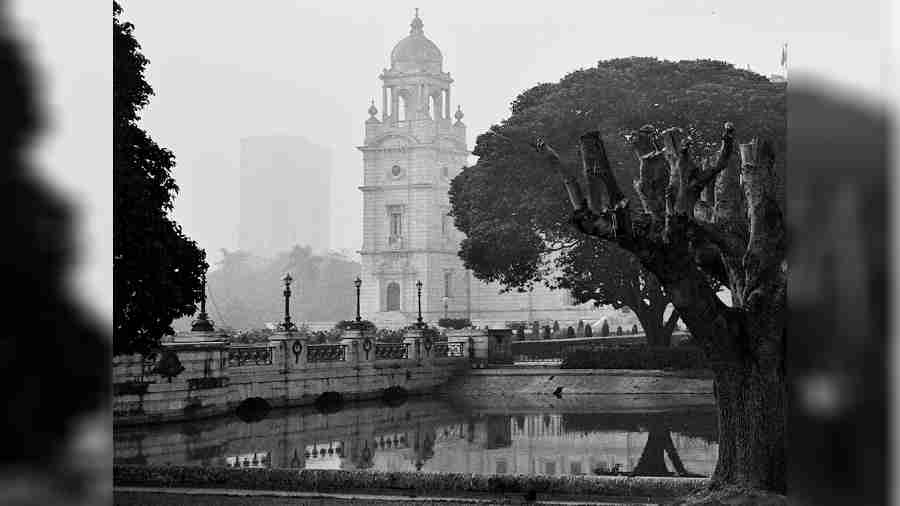What’s exciting in the world of smartphones? We are standing on the banks of March, holding Xiaomi 13 Pro. It’s a special phone because of the way the brand is taking the challenge to other flagship phone makers. Whether it succeeds or not is another matter. But it’s interesting to see how Xiaomi is trying to find its place in the flagship segment and that too with hardware and software to match.
Though it’s too soon to give you a full review, we have had the phone for a few days and the one-inch sensor on the main camera is worth talking about. The co-engineering process with Leica is helping Xiaomi to jump through the hoops quicker and easily.
You have guessed by now that camera is the phone’s biggest selling point.
It comes with 50MP main camera but what’s interesting is the one-inch sensor size of Sony IMX989. It’s kept company by a 50MP telephoto lens (Leica’s floating telephoto technology) and 50MP ultra-wide camera while selfie shooter is 32MP.
The telephoto camera with a floating lens is the most interesting. It has a minimum focus distance of 10cm and it allows you to be very close to a subject without losing focus. As a bonus feature, you hear a Leica shutter sound.
One of its impressive properties is the ability to provide a naturallyblurred background behind your subject. The Leica-tuned camera has two modes, offering two colour sciences — Leica Vibrant and Leica Authentic. By default, the phone shoots in Leica Vibrant. The photos from the primary camera are likeable with plenty of detail, great sharpness and good contrast. Photos taken in the Leica Authentic mode have a slightly different colour tuning, offering a moodier look; photos taken in this mode appear less processed.
One more option that’s growing on me is regular photos taken with a telephoto at 3.2 times Zoom. The zoom camera also works as a macro shooter. The lens is able to focus from as close as 10 centimetres. They’re the sharpest ones we’ve seen lately with excellent detail, wide dynamic range and vivid colours. The ultra-wide camera so far has taken great photos. The detail here is better than you’d expect for this sort of camera with a natural-looking rendition.
As for low-light photography, the review is still on. So far we have noticed that there’s hardly any shutter lag. On many other phones, it takes a second or two; not here.

The 3.2X zoom adds a cinematic quality to the photos

An early morning shot taken using the high-contrast B&W filter

Picture taken using the Leica Authentic mode

Xiaomi 13 Pro allows one to use the telephoto lens as close as 10cm from the object
The other things
On the front, you get a 6.73-inch curved LTPO OLED display with 1440p resolution and 120 hertz refresh rate. To ensure you see the pictures taken under bright sunshine, the phone has 1,900 nits of peak brightness. Also there: Support for Dolby Vision, HDR10+, and HLG HDR standards, 12GB LPDDR5X RAM and USF 4.0 storage.
The interface on the Xiaomi 13 Pro is the company’s latest MIUI 14 based on Android 13. It hasn’t changed too much compared to what we’ve seen before but it does bring behind-the-scenes optimisations for better performance. Other optimisations include automatic compression for apps that are not actively used and the option to turn off permanent notifications.
As a new flagship you’d expect the latest chipset and the phone doesn’t disappoint with the Qualcomm Snapdragon 8 Gen 2. Compared to the previous generation, it’s more powerful and at the same time, power efficient.
The Xiaomi 13 Pro supports faster charging and comes with a 120W adapter in the box. It can charge the phone from zero to a full charge in 22 minutes. There’s also support for 50W wireless charging and 10W reverse wireless charging.
In a market where innovations are restricted to a few brands, it’s great to see Xiaomi go beyond the obvious spec sheet to focus on photography. Has it succeeded? These are just first impressions and frankly, the camera is proving to be quite good for street photography as well as for anyone who wants to take mobile phone photography seriously.
